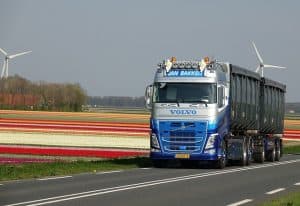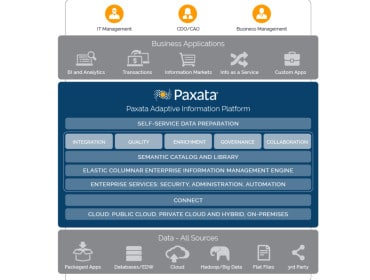
The company will use analytics and IoT to improve diagnostics and maintenance.
Volvo has equipped over 350,000 of its trucks with IoT sensors that collect data used for predictive maintenance and diagnostics. Onboard telematics deliver software updates to the engine via the air. The company has shrunk repair time 25% and diagnostic time 70% by employing a combination of artificial intelligence (AI) and the Internet of Things (IoT) technologies. Uptime is much improved.
Increasing Uptime and Pinpointing Issues More Effectively
In 2012, Volvo introduced a remote diagnostics service for its connected trucks. The service allows customers to send and receive information from their vehicles and monitor real-time fault codes. A system malfunction with the engine or transmission, for example, triggers a fault code. The diagnostic service collects real-time streaming data including:
- The malfunction’s specific location
- Conditions present at the time of the malfunction, like temperature, RPM level, and torque load
This granular level of data collection facilitates the provision of more comprehensive — and faster — diagnostics and repairs than traditional scheduled service appointments. Fleet operators also benefit from other information like fuel consumption, driving habits, and overall vehicle performance.
Volvo hopes to help customers maximize their vehicles’ time on the road while also minimizing service directions with this service.
OTA Software Update Delivery
Volvo has also launched a remote programming service that uses cellular service to deliver over-the-air (OTA) software and parameter updates. And the company has joined forces with SAS to provide an advanced stream processing and AI platform.
See also: Predictive Maintenance: The Continuous Intelligence Killer App
Of each truck’s hundreds of sensors, Volvo identified 75 worth close monitoring. These specific sensors offer important information about critical failures. Trucks leverage a telematics communication gateway via OTA to send data directly to the company’s dedicated servers.
Data that identifies mechanical faults gets sent in near real time to a message queue where SAS Event Stream Processing gathers and processes it. The company protects data capture and processing with firewalls.




























